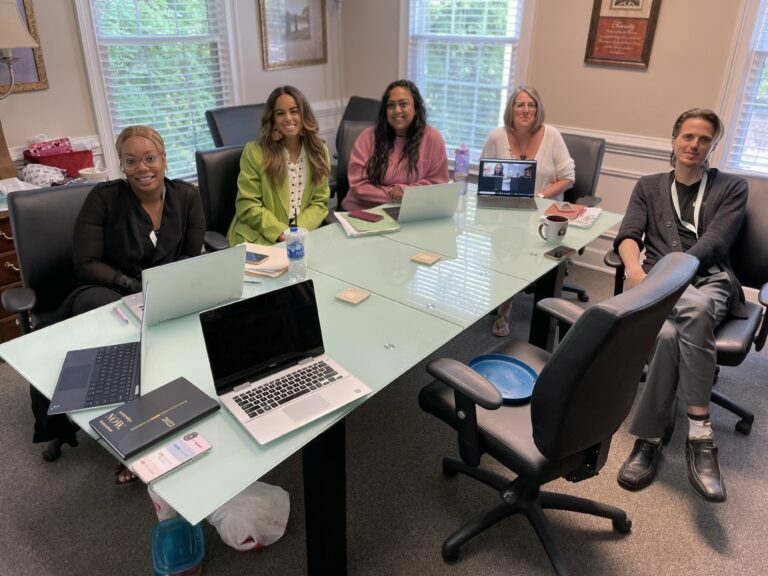When clients admit to MARR, they are assigned a primary therapist upon admission. The primary therapist plays an essential role in helping the client work through the core parts of the treatment curriculum and meets with the client one-on-one to help in this process.
In Phase I, each client’s primary therapist helps him or her work through three important tasks that play a central role in the client’s treatment at MARR.
Psychosocial Assessment – According to the NICE Clinical Guidelines, a psychosocial assessment is “a comprehensive assessment including evaluation of needs and risks.” The primary therapist works through this with the client in individual sessions. This plays an important role in developing the individualized treatment plan that the clinical team uses to monitor the client’s progress throughout treatment.
Life Story Exercise – The client writes out his or her life story leading up to their arrival at MARR. The primary therapist helps guide the client through this process. Having the clinical support of the therapist in this task is essential. This exercise takes place early in their treatment at MARR and will undoubtedly bring up difficult emotions. These feelings can seem overwhelming at times and being able to process them with a primary therapist is an important step in treatment.
First Step Exercise – The First Step Exercise walks the clients through developing 39 examples of powerlessness and unmanageability of their addiction in their life. Like the Life Story Exercise, this too brings up unpleasant feelings that frequently need to be processed. The primary therapist can also help provide the client with an outside perspective when generating these examples. Although difficult at times, once completed, this exercise often provides clients with a deep sense of relief. Their primary counselor helps them to see multiple, clearly drawn examples of how their disease has driven them to act outside of their values. It helps solidify the point that is frequently made in 12 Step Fellowships: “We are not bad people trying to become good, but sick people trying to become well.”
In addition to meeting with the primary therapist individually, each client also participates in a primary group. The clients who share the same primary therapist meet to process as a group. This provides an essential source of support and solidarity, particularly in the early days of treatment, which can be a difficult time of transition.



